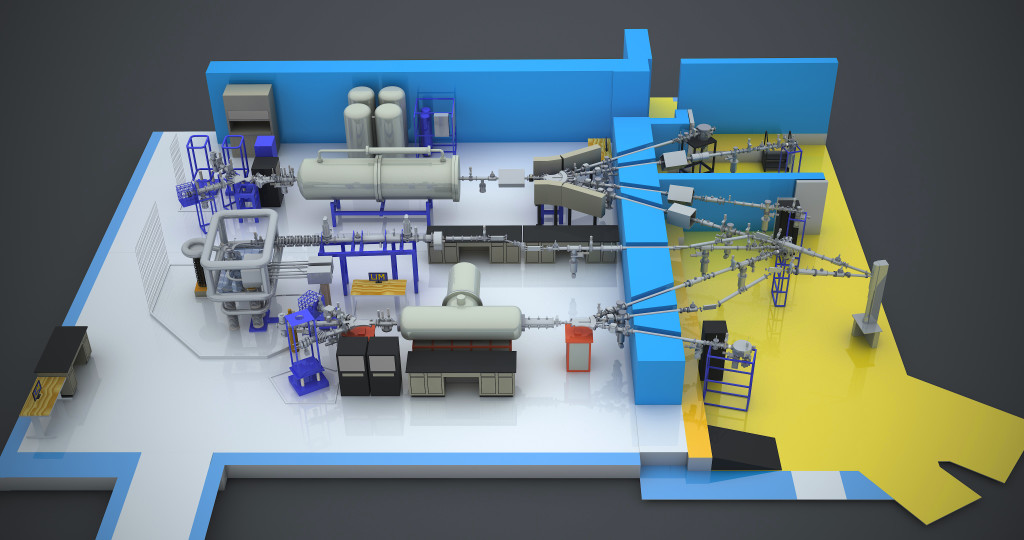The Laboratory provides a wide range of capabilities for both surface modification and analysis. The 3 MV Pelletron Tandem accelerator is capable of implantation at energies above 6.5 MeV and to a maximum energy that depends on the ion charge state, for a maximum terminal voltage of 3 MV. The 1.7 MV Tandetron accelerator is capable of implantation at energies above 0.5 MeV and to a maximum energy that depends on the ion charge state, for a maximum terminal voltage of 1.7 MV. A wide variety of ions can be produced by a Torvis type source, a duoplasmatron source, a sputter ion source, a SNICS sputter type source and an ECR source. Currents of up to 55 µA of H + and several µA of metal ions are routinely employed. The implantation end stations operate at pressures in the 10 -9 to 10 -10 Torr range and samples can be either heated or cooled during irradiation. The 400 kV implanter can produce over 40 different ions at energies from 20 to 400 keV. Its end station has stages for implantation at high temperatures down to liquid nitrogen temperature at pressures of 10 -6 to 10 -7 Torr. The lab also has the capability to simultaneously perform dual or triple ion irradiations in the Multi-Beam Chamber (MBC) located in the South Target Room (STR). Two or all three accelerators can provide a range of ions that could be implanted at the same time with a pre-determined rate and energy.
(Click the image to view a larger size)

